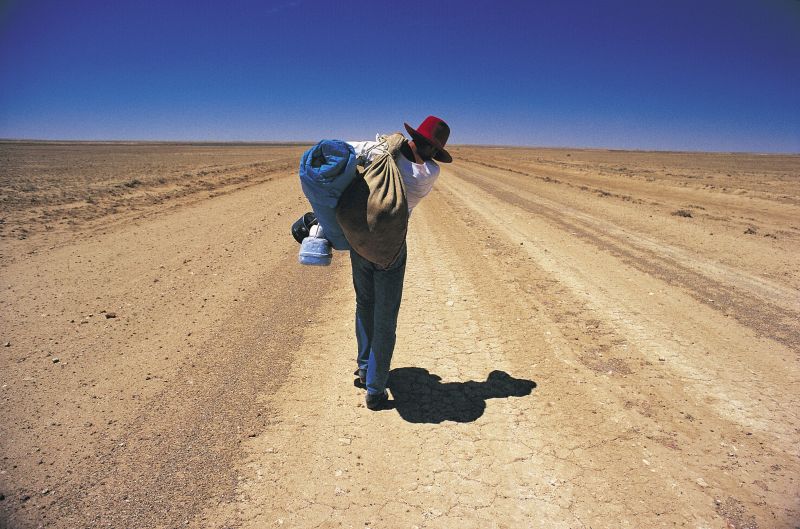Essential medical care is more affordable than ever before with the number of Australians receiving essential medical care with no out of pocket cost continuing to rise.
Across all Medicare services, the bulk billing rate reached a record high of 83.5 per cent in the December quarter 2021, an increase of 6.5 per cent since 2012-13. Over the 2021 calendar year, the overall bulk billing rate was 81.9 per cent, compared to 81.4 per cent in 2020.
The number of services being bulk billed has also risen, with 413.2 million medical services being bulk billed to Medicare in 2021, 54.9 million more than 2020.
GP bulk billing rates remain at record high levels, sitting at 88.4 per cent in the December quarter 2021. This is 0.3 per cent higher than the December 2020 quarter and 6.4 per cent higher than the December 2012. Over the 2021 calendar year, the GP bulk billing rate was 88.7, 6.9 per cent higher than 2012.
This means almost nine out of 10 visits to the GP over the 2021 calendar year were provided with no out-of-pocket cost for the patient. This included 165.6 million fully subsidised GP services, a rise of 17 million or 11.4 per cent compared to 2020.
The introduction of telehealth, which is now a permanent feature of Medicare, continues to have a critical role in maintaining patients access to care. Since its inception in March 2020, over 96 million telehealth services have been delivered to 16.8 million patients. Just under $5 billion in Medicare benefits have been paid (exclusive of bulk billing incentives).
In 2021, Medicare paid benefits for 4.1 million video consultations and 41.6 million phone consultations enabled in response to COVID-19 and provided by GPs, specialists, and allied health professionals.
Minister for Health and Aged Care, Greg Hunt, said the Morrison Government’s commitment to Medicare is rock solid and we continue to support the health and wellbeing of Australians more than ever.
“Through the 2021-22 Budget, our Government is investing $125.7 billion, up over $6 billion over the forward estimates, as part of our ongoing commitment to guarantee Medicare,” Minister Hunt said.
“This increased investment in Medicare also includes more than $65 million from 1 January 2022 to boost bulk billing rebates and provide more affordable healthcare particularly for patients in regional, rural, and remote areas.
The Morrison Government also continues to modernise the Medicare Benefits Schedule as recommended by medical experts, to ensure that Medicare supports up to date, best practice care.

